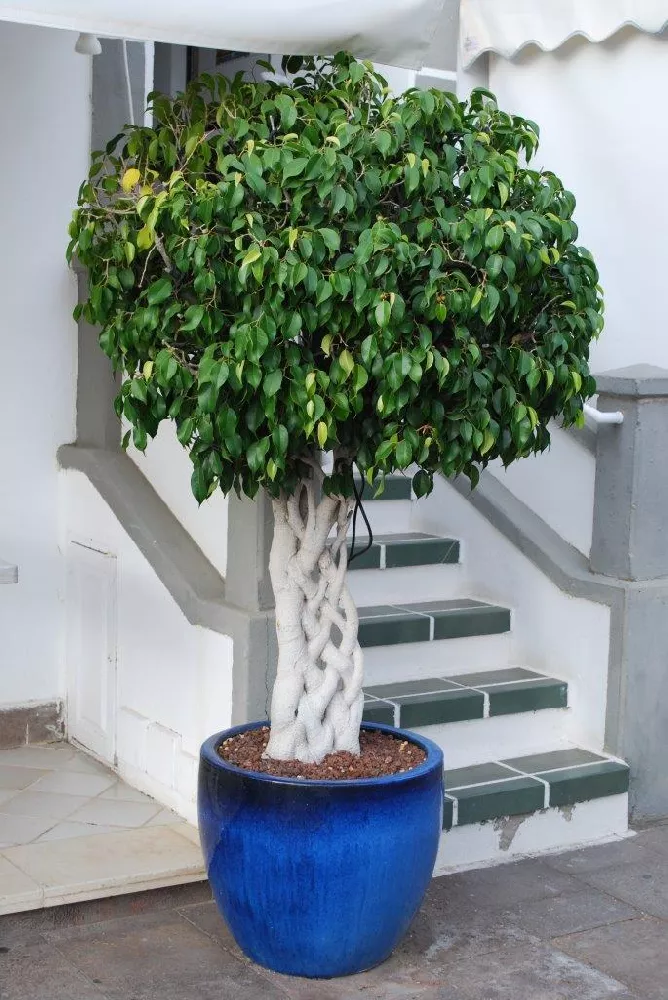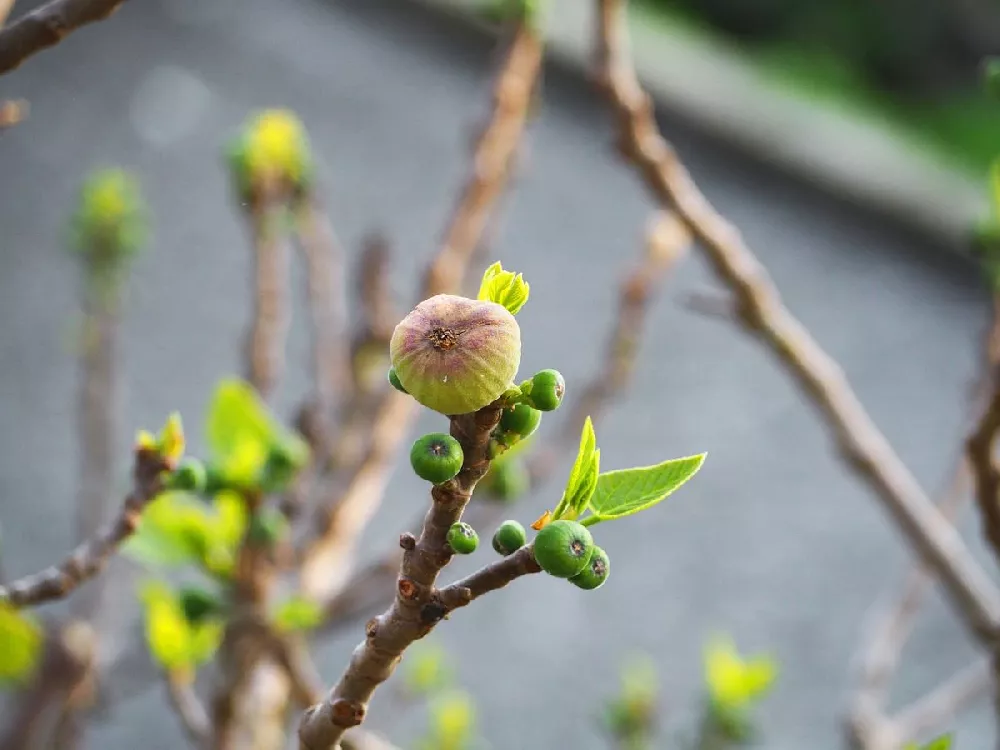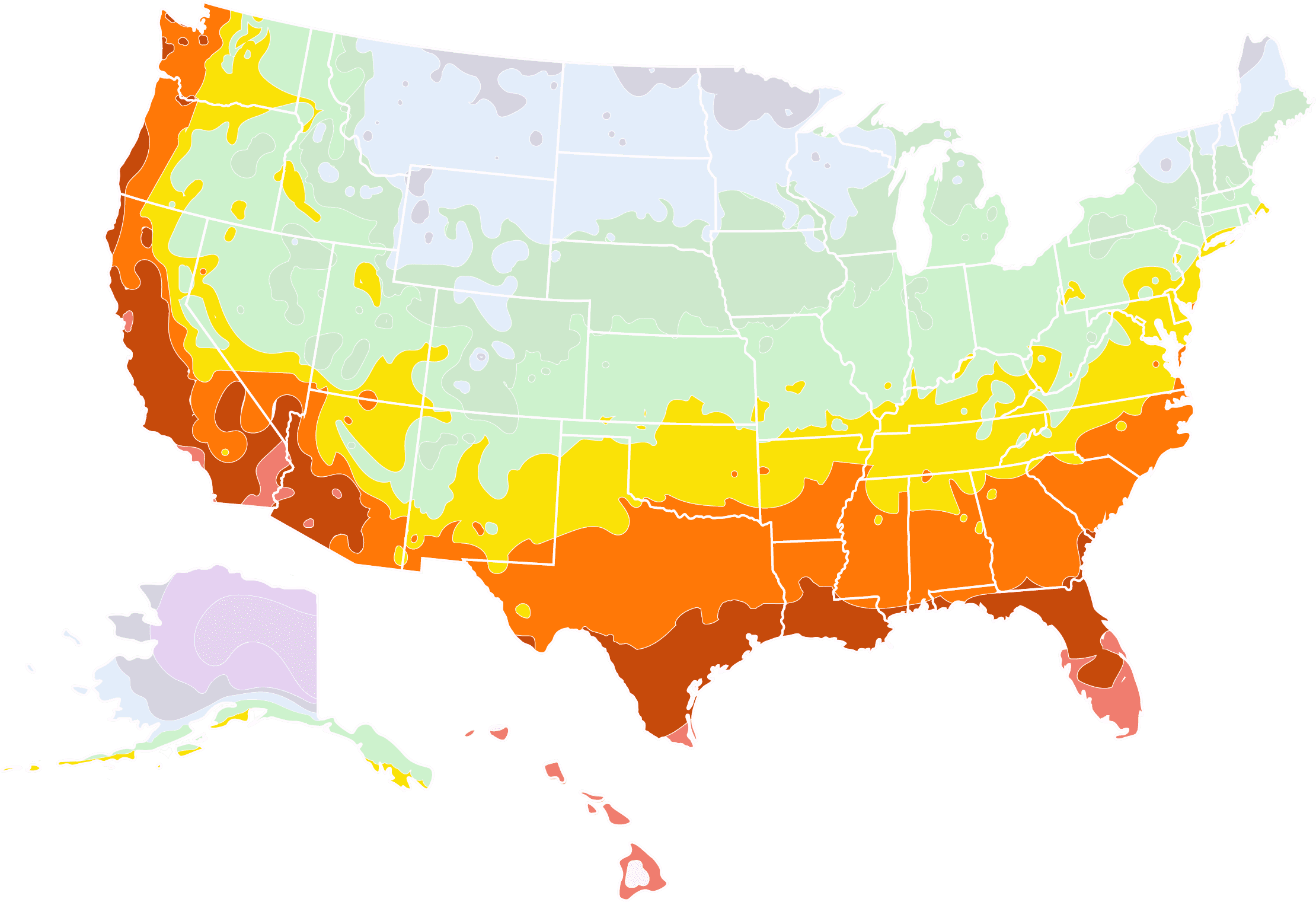- Home >
- Fig Trees >
- LSU Purple Fig Tree
LSU Purple Fig Tree for Sale - Buying & Growing Guide
- Ships in 1-2 days
- 1-Year Warranty Eligible
- Pots or accessories are not included unless specified in the product options.
Shipping Details:
Products shipped through FastGrowingTrees.com. Once your order is shipped, you’ll receive an email with a tracking number and estimated delivery date. Most orders will ship immediately.
LSU Purple Fig tree, Ficus carica 'LSU Purple,' may just be the perfect fig tree. It’s a great choice if you have been craving the taste of fresh figs but are nervous about growing a fruit tree, which can sometimes be a challenge. LSU Purple, which was bred by the Louisiana State University College of Agriculture, couldn't be easier to grow. However,it is pest- and disease-resistant, and is self-fertile, so you only need one to harvest a crop of fresh, juicy figs. This compact tree maxes out at 8-10 feet in height, but can be kept shorter if necessary. It's well-suited to outdoor growing in the Southeast, and has superior tolerance for humidity and sub-tropical conditions. Here are a few more reasons to consider it for your garden:
- Takes well to containers, for those who live outside its growing regions.
- May produce a small crop of fruit in the first year after planting, followed by three crops a year once it's mature.
- Creates fruit that is excellent when eaten fresh, but also works well in recipes and can be dried.
Plant Care
Sunlight

LSU Purple Fig tree grows best when it receives full sun — at least 6-8 hours of direct light a day.
Watering
Water young trees twice a week. If the soil is dry 2 inches below the surface, give it a good watering.
Fertilizing

Feed in the spring with a slow-release, balanced fertilizer such as a 10-10-10 formula.
Planting and Care
Planting instructions
Site your fig tree in well-draining soil that is not alkaline, where it will receive at least 6 hours of sun a day. Unpot your sapling and tease out any encircling roots, which can girdle the tree and slowly kill it. Dig a hole a little deeper than the root ball and twice as wide. Place the tree in the hole so that it is 2-4 inches deeper than it was in the nursery pot, and spread out the roots. Fill in around the tree with topsoil, tamping down as you go to eliminate air pockets. Water thoroughly. Apply a 2-3 inch layer of an organic mulch such as bark chips to conserve moisture and hinder weed growth.
Watering and nutrients
Water newly-planted trees twice a week until you start to see robust new growth. Once your tree is established, it needs about an inch of water every 10 days. If you don’t receive rain, water your tree by setting a trickling hose next to the root zone, or use a soaker hose to thoroughly soak the ground around the roots. Fertilize your plant in spring with a slow-release product designed for fruit trees. A 10-10-10 product is fine; avoid high-nitrogen formulas.
Pollination
Fig tree pollination is unique in the plant world. They do not have visible flowers; instead, the reproductive organs are inside of the immature fruits, which are pollinated solely by an insect called a fig wasp. The plants are self-fertile, so a single tree has both male and female reproductive parts — ensuring a harvest even if you only have a single tree. It should be noted, however, that you may have a larger harvest from each tree if you plant more than one.
Pruning
LSU Purple Fig tree needs little pruning, unlike most fruit trees. While the tree is dormant in late winter, remove weak, diseased, or dead limbs by cutting back to the collar of the connecting branch. You can also thin the blossoms on older trees to stimulate new growth and ensure that the fruits are a good size.
Pests and diseases
LSU Purple Fig tree is naturally hardy and resists most pests and diseases. A few insect pests to watch for, though, are root knot nematodes, which will cause leaves to turn brown and wilt, and scale insects, which can be treated with an insecticidal soap. Diseases include fig rust, which causes yellow-orange spots on leaves, and fig mosaic, which presents as yellow spots on the leaves with a rust-colored ring. If either of these conditions exist, consult with an arborist or your county extension agent.
Harvesting
A mature LSU Purple Fig tree has three annual harvests: a light one in early spring with fruit developing on old wood, a heavier crop on new wood during the summer months, and a late crop that may last until the end of the year. Pick figs when they are a deep brown-purple in color. Wear gloves and long sleeves while picking, as the fig secretes a latex that can cause skin irritation.
Achieving maximum results
LSU Purple Fig tree is hardy in the southern portions of the U.S. and the Pacific Northwest, but gardeners in the north don’t have to pass up this tasty fruit. These trees grow beautifully in containers, and can be brought inside during the winter months until the temperatures are above 10 degrees Fahrenheit. Choose a container for your fig sapling that is roughly twice the size of the plant’s root ball. Be aware that you’ll need to repot it roughly every three years. Use a good-quality potting mix and apply an organic mulch on top to conserve water. Potted plants do need more water than those grown in the ground, along with regular fertilizer. Other than that, growing your fig in a container isn’t any different from in your backyard.
FAQs
Where can I grow a LSU Purple Fig tree outside?
Developed in the southern U.S., LSU Purple Fig grows best in U.S. Department of Agriculture hardiness zones 7-10. That area includes just about all of the southern states. The zones range through the east coast to as far north as southern Pennsylvania, and including most of California, along with the coastal regions of Oregon and Washington. Generally, the tree will thrive anywhere that the temperatures don't go below 10 degrees.
How is LSU Purple Fig best used in a landscape?
In addition to its delicious fruit, LSU Purple Fig also has an attractive form with interesting, multi-lobed leaves. This makes it a great choice as a small specimen tree, surrounded by flowering annuals or perennials that thrive in the partial shade near its trunk. It can also be used as a smaller shade tree on a patio, near a firepit in the backyard, or as a vertical element in a foundation planting, as long as it is 5-6 feet away from the building.
How fast does LSU Purple Fig grow?
These trees are fast growers, and may reach their mature height of 8-10 feet in as little as five years, if planted in a site that agrees with them. Once they have reached that height, they still have a lot of life left in them — some fig trees have been documented to live more than 200 years.
Compare Similar Products
You can't add more Product Name - Product size to the cart.
OK









